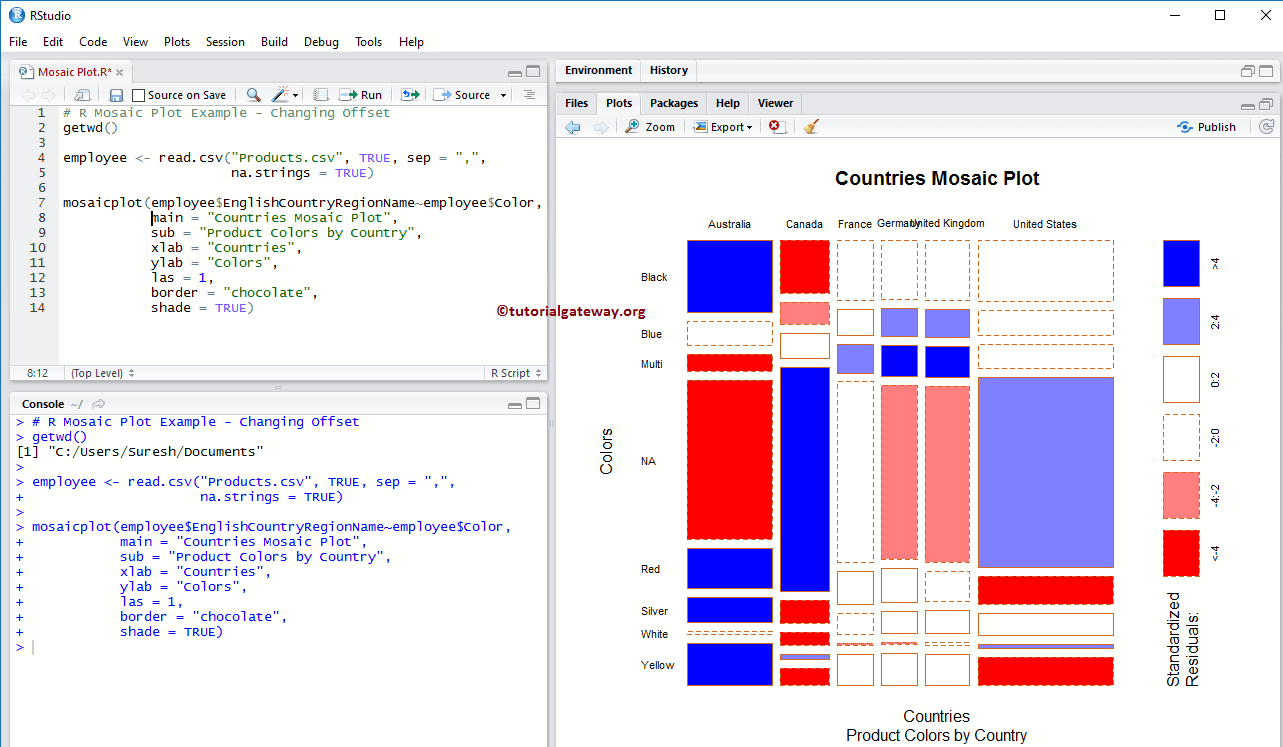

So you don’t have to put everything in one script like we are going to do now, you can store your server function in a separate server.R script and source it, just know that it’s not a requirement.) Shiny Framework

Additionally, you can have different scripts in the folder, and source them in your app script. That old approach still works for legacy reasons, but I think it’s not recommended. Instead of an app.R that contains the UI and the server functionalities, you used to need precisely two scripts: a server.R, and a ui.R. (Note: you might find the framework confusing if you read some older guides. So we are going to put one inside our data_analyser folder. The framework of a shiny app is pretty simple: one R script that has to be called app.R. Next, we need to create a folder with the name of the app. I assume familiarity with these packages going forward.)
#Create tabs in r script studio install
(The other packages we are also going to use: data.table, ggplot2, you might need to install them too. To use shiny, you first need to install the package: install.packages(“shiny”) The funny part is that we want the outputs to be different based on what type of columns we selected - we want a different plot if it’s just a factor variable selected, and a more complicated one if we have numerical variables by a factor. selects up to 2 numerical and 1 factor type variables from the columns.

This is the high-level design sketch of what we want our app to be able to do.


 0 kommentar(er)
0 kommentar(er)
